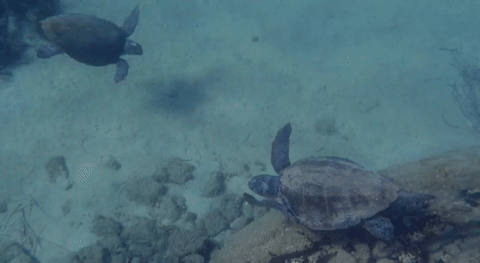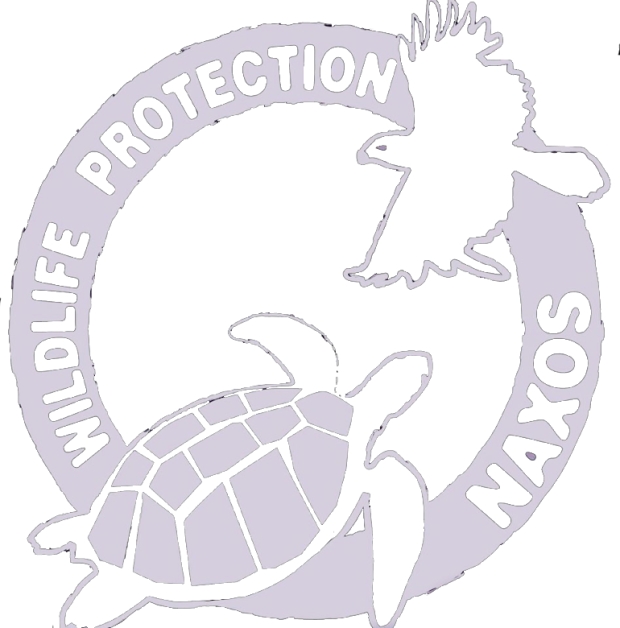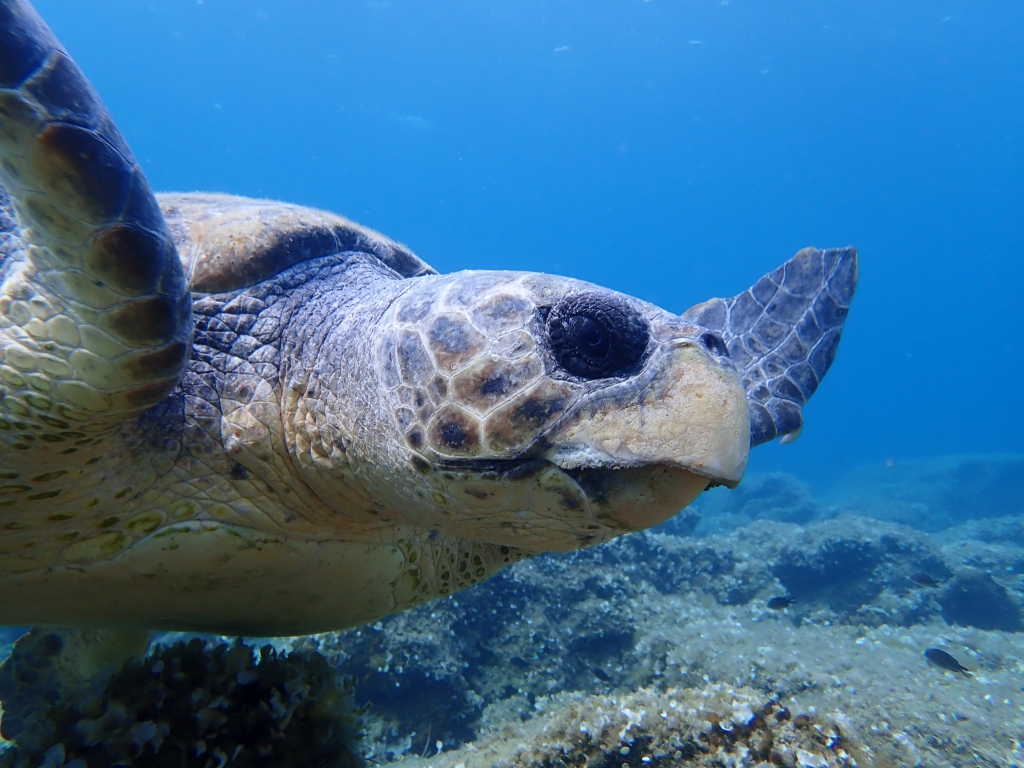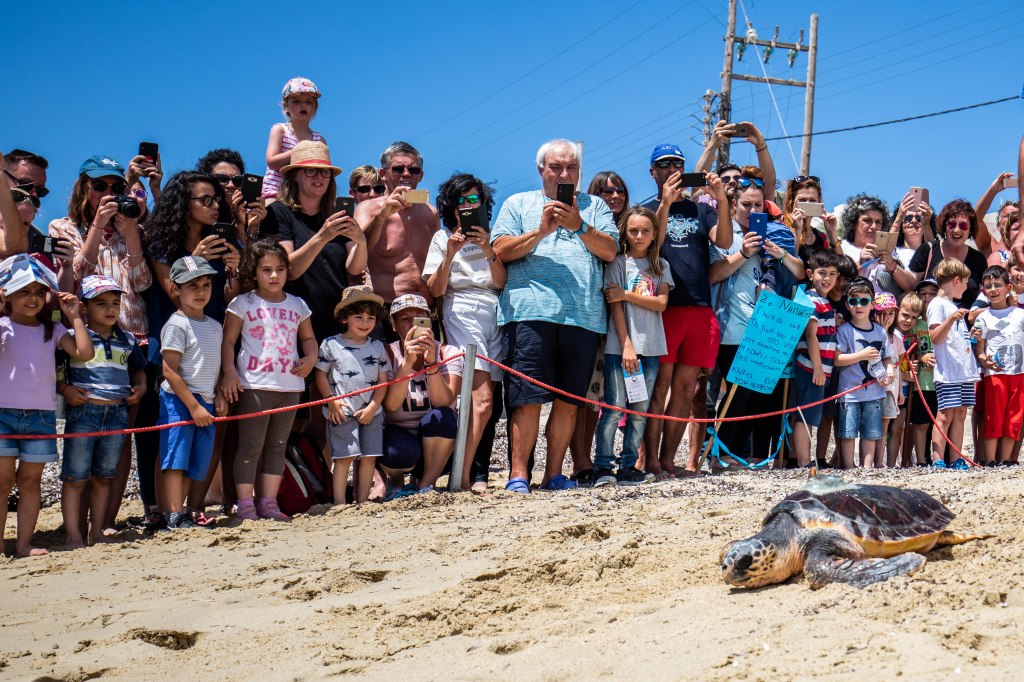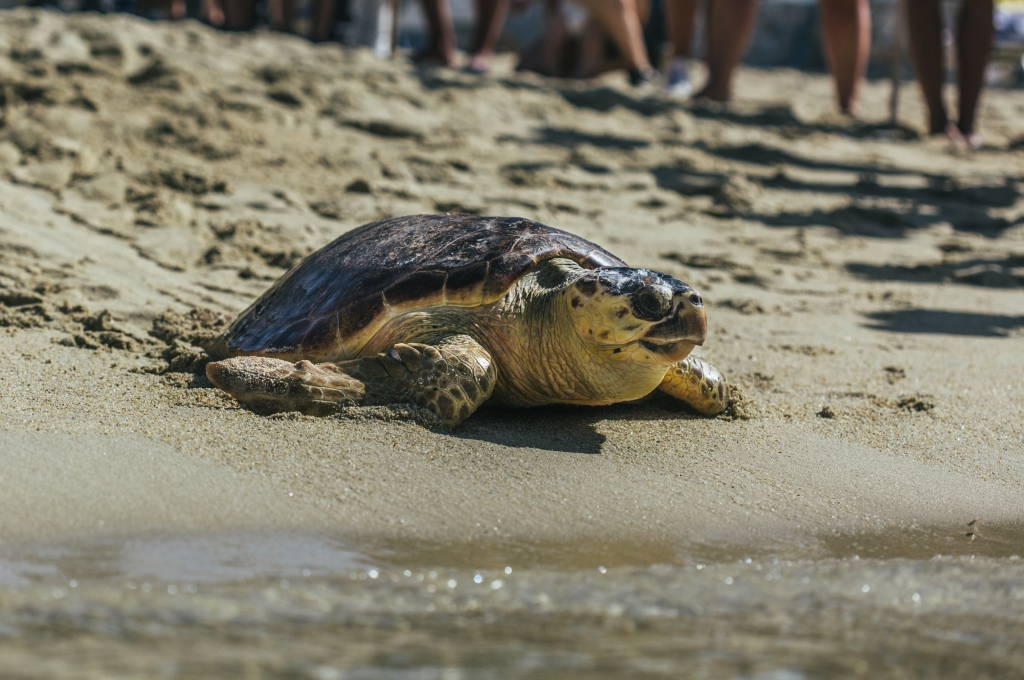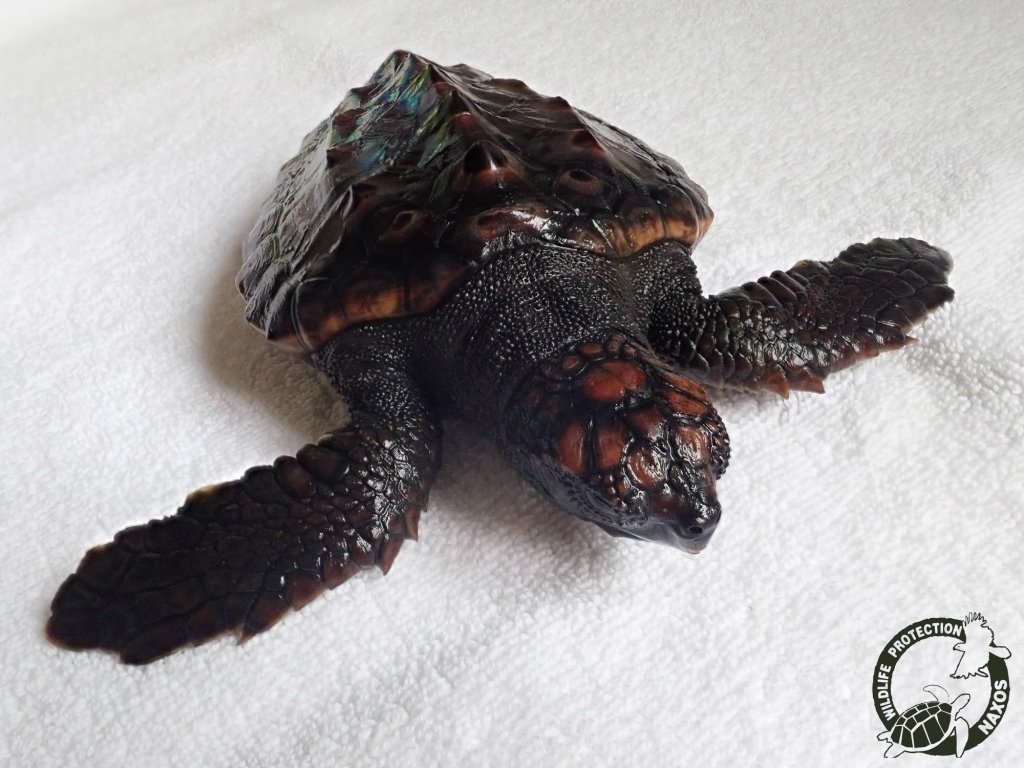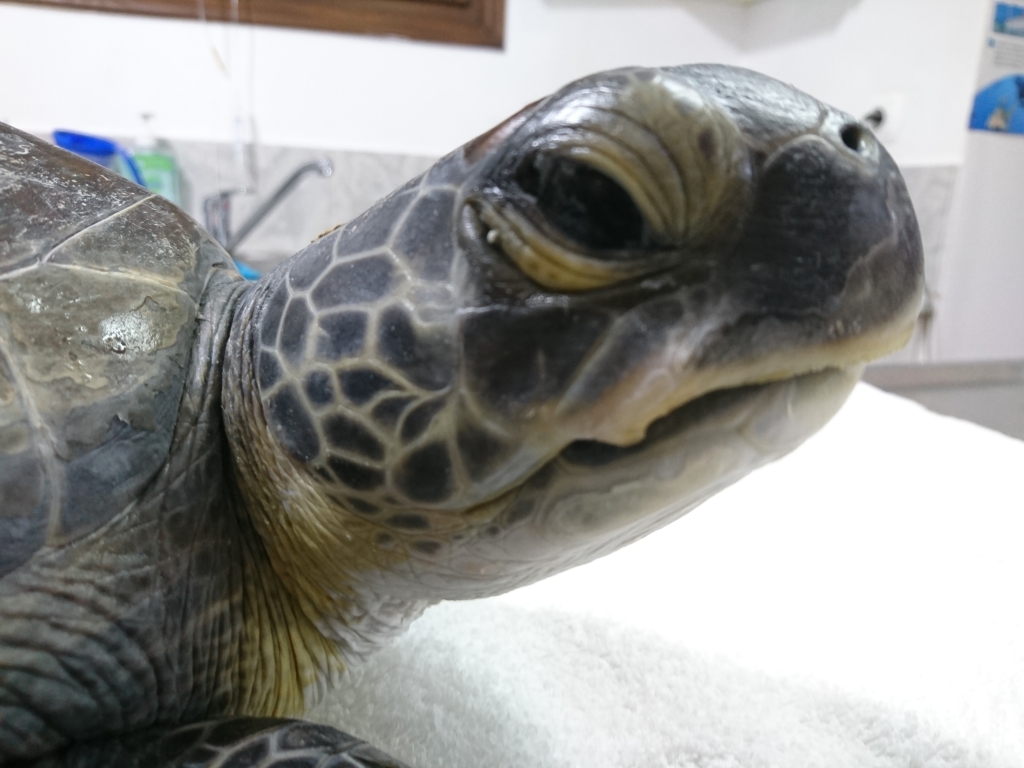
7 species of sea turtles swim in the temperate and tropical waters globally and 3 of these species reside in Greece and the Mediterranean Sea: The Loggerhead turtle (Caretta caretta), the Green turtle (Chelonia mydas) and the, rare, Leatherback turtle (Dermochelys coriacea).
Sea turtles have existed on Earth for more than 120 million years, yet during our time all 7 species are considered Endangered according to the IUCN and protected by law.
There are a few characteristics sea turtles share with their distant relatives on land: they have lungs, meaning they need to surface in regular periods in order to breathe, and the only reason they would come to shore is in order to lay their eggs. Other than that, sea turtles are exclusively marine reptiles.
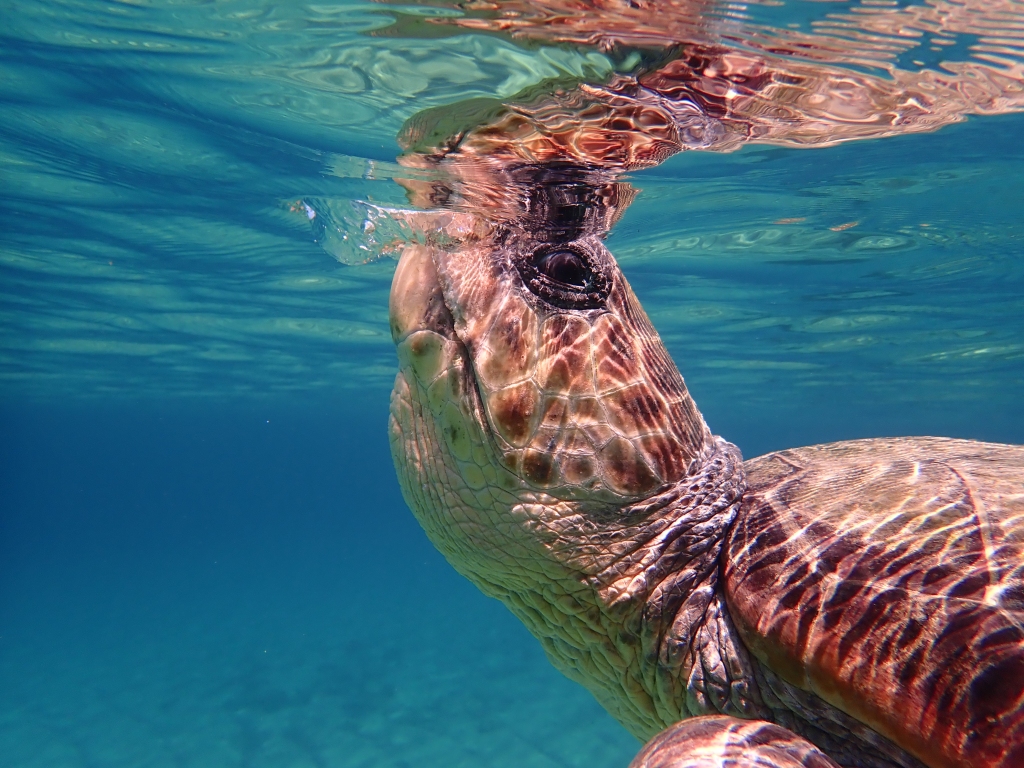
Like all reptiles, sea turtles are cold-blooded as a result their survival is dependent on the temperature of their environment.
Greece is the greatest nesting area in the Mediterranean sea for Loggerhead turtles, while Green turtles nest mostly in south-eastern Mediterranean.
On Naxos island and the Cycladic islands, where “Naxos Wildlife Protection” is active, Loggerhead turtles live and reproduce, whereas all life stages of Green Turtles have been observed, from hatchlings to adults, but no nests have been recorded.
Concerning Loggerhead turtles, we have recorded more than 96 different individuals, of whom some return every summer to Naxos for foraging, mating and nesting.
In general, Loggerhead turtles are considered a migrating species, but observations have showed that some individuals actually remain in an area year-round (check out Zoe’s story!).
Loggerhead turtles are primarily carnivorous, as hatchlings they feed on macroplanktonic prey in the water column, but as they grow they become neritic (spend more time on the sea bottom) feeding on sponges, mollusks and echinoderms.
Our Association has created the Network for Protection of the Sea Turtle in the Cyclades with the support of ARCHELON and the generous funding of Cyclades Preservation Fund. Authorities, locals and business owners of the Cycladic islands were informed on how to act when coming across a sick/injured sea turtle and the procedures of sending it safely to our station on Naxos island. Depending on the condition of the patient, the sea turtle can remain at our station where we have the facilities to host 3 sea turtles, or will be sent to the Rescue Center of ARCHELON in Athens.
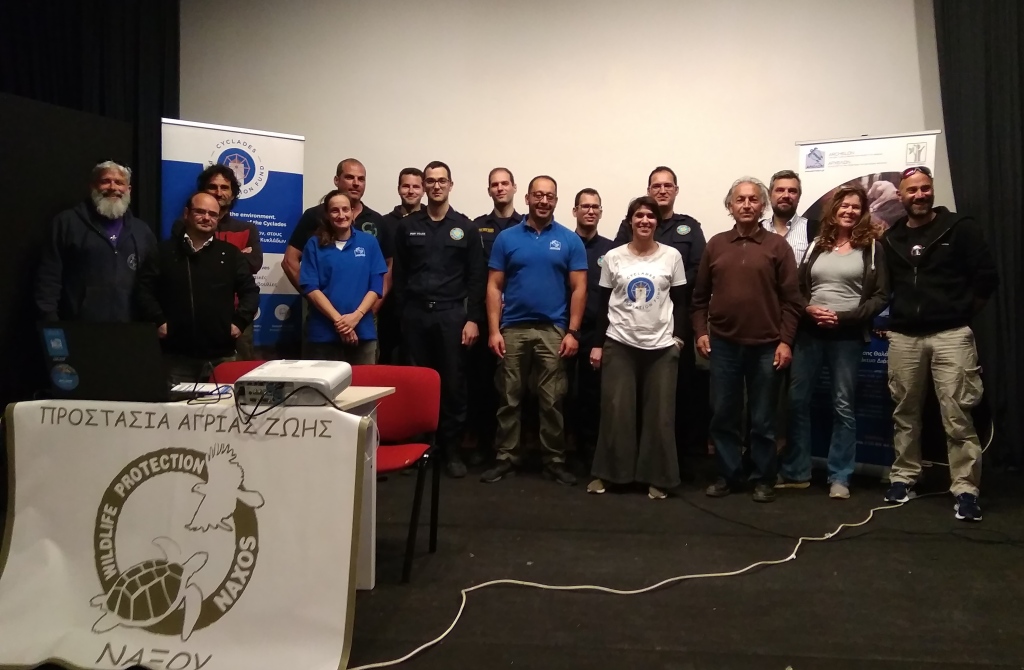

Additionally, year-round we record the stranded sea turtles found on the coasts of Naxos, patrol the coasts for illegal human activities that harm the sea turtles, do on-the-field observations creating an identification database, as well as patrol and locate nests during the spring and summer months, which are then protected until the hatchlings reach the sea safely.
Based on our data derived from stranded turtles and turtles that have been treated at our first aid care station, the biggest threat to their survival is fishing gear.
Sea turtles might get entangled to fishing nets, ghost nets (abandoned fishing gear which is still a major threat for marine life), swallow fishing hooks or get killed deliberately. Secondly, habitat loss, which includes recreational activities such as reckless boat driving (which can lead to collision with floating sea turtles), driving vehicles on the beach (resulting to destruction of nests), as well as coastal development decreasing the available and safe beaches for nesting. Last but not least, marine debris and pollution affects the life cycle of sea turtles.
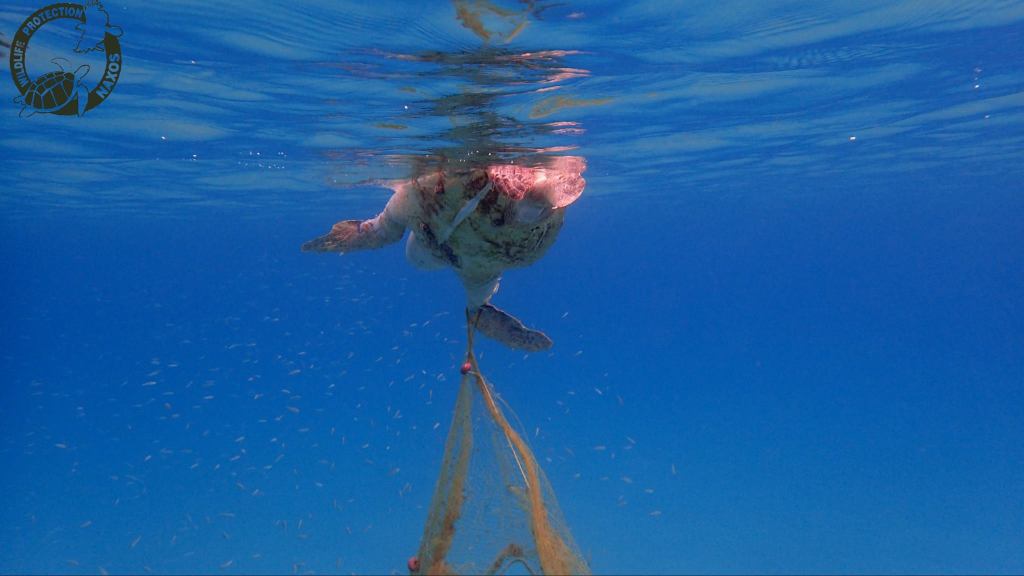
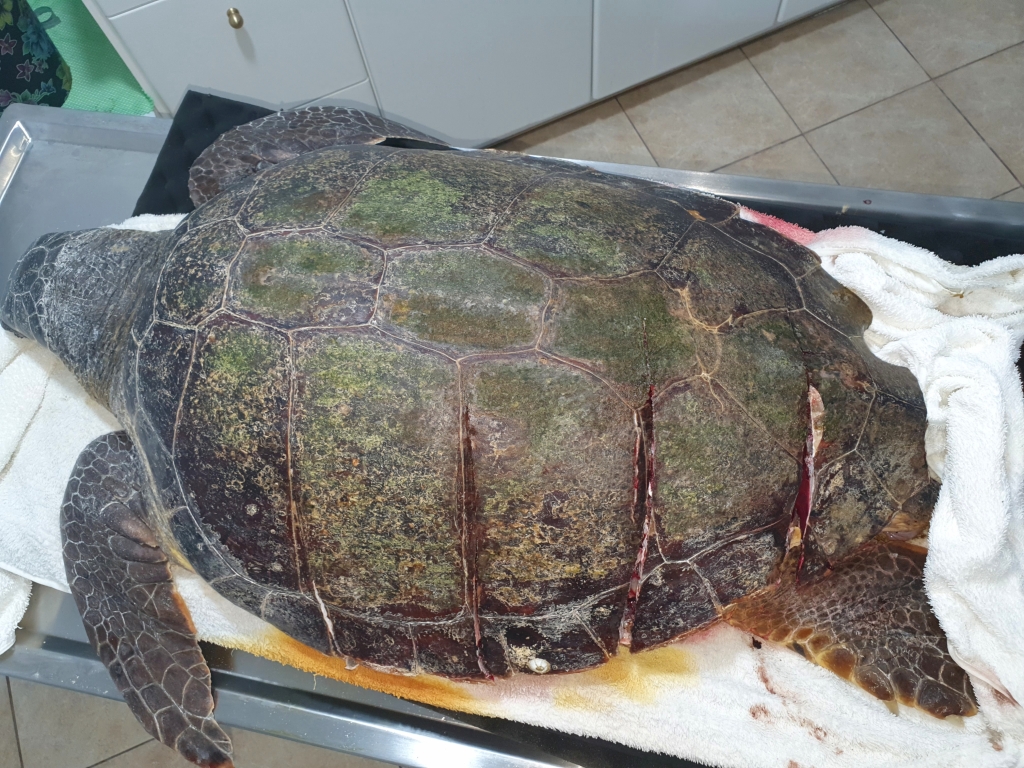


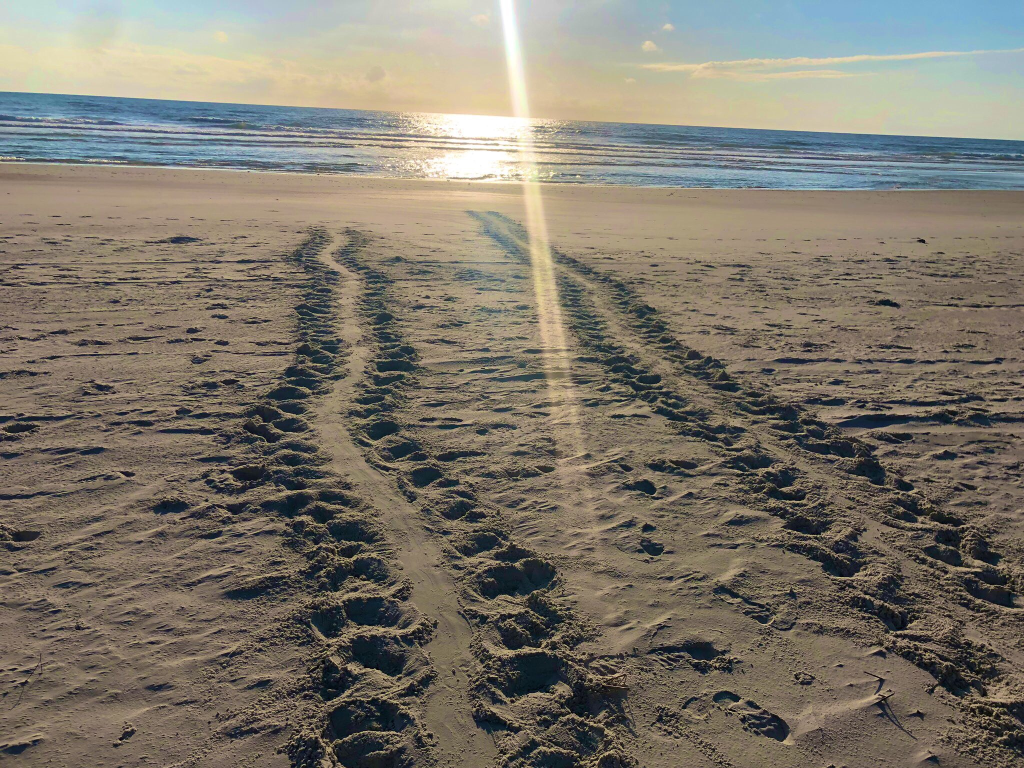
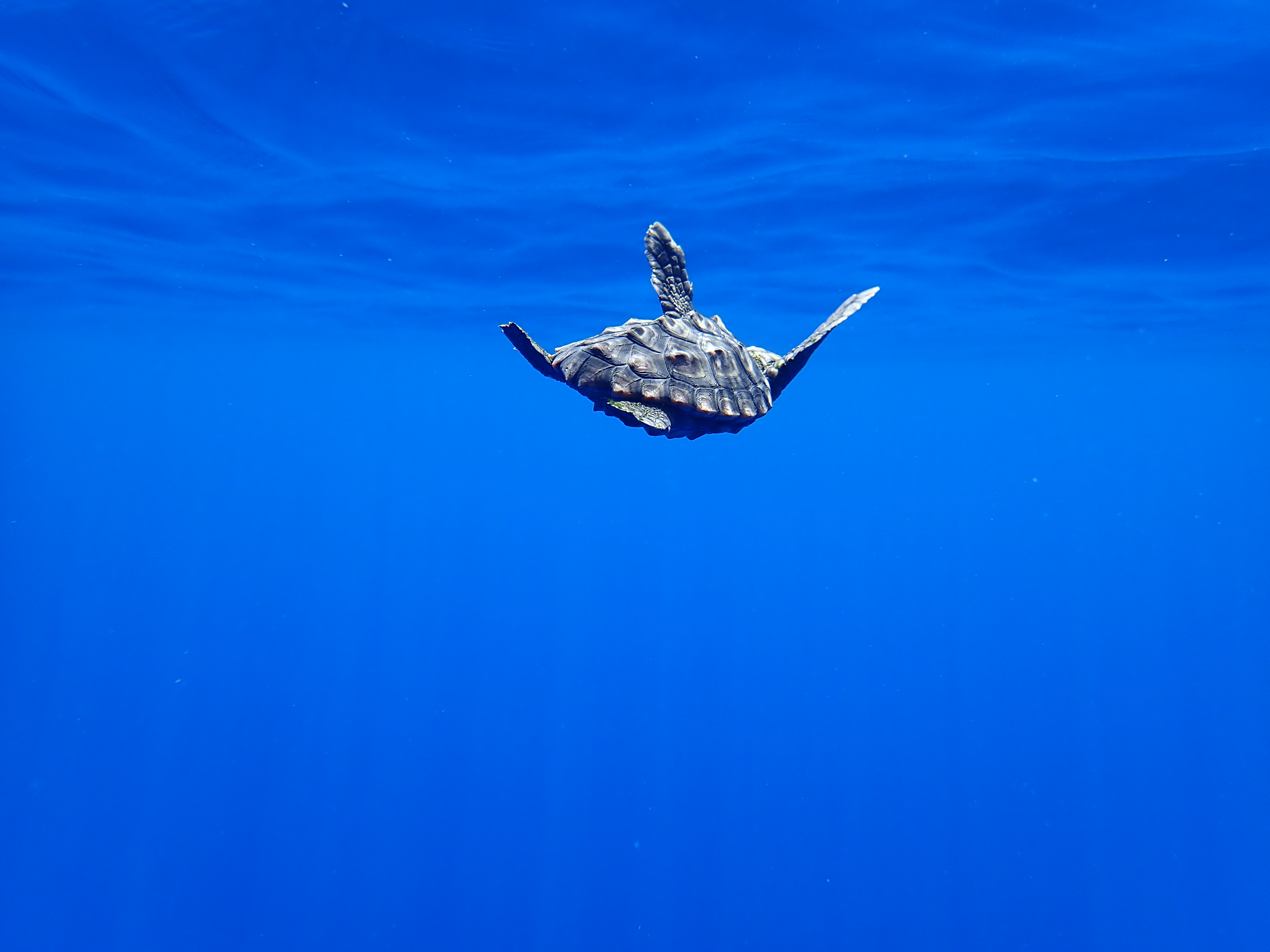
HOW CAN YOU HELP THE SEA TURTLES OF NAXOS AND THE CYCLADES…
- If you come across a sick/injured sea turtle on shore, call Naxos Wildlife Protection (+30 697 6797070), or the local Port Police (for Naxos Port Police call at +30 22850 22300) immediately.
- If you come across a sea turtle floating on the surface unable to dive, call us immediately for further instructions.
- If you get the opportunity to see a sea turtle, keep a safe distance from it, do not disturb it, do not touch it and, by no means, do you feed it.
Remember sea turtles are wild animals and any human contact could cause behavioural and health issues to them, but could also jeopardize our own safety. - If you see traces of a sea turtle on shore (see picture below), or sea turtle hatchlings, call Naxos Wildlife Protection or the local Port Police immediately.
